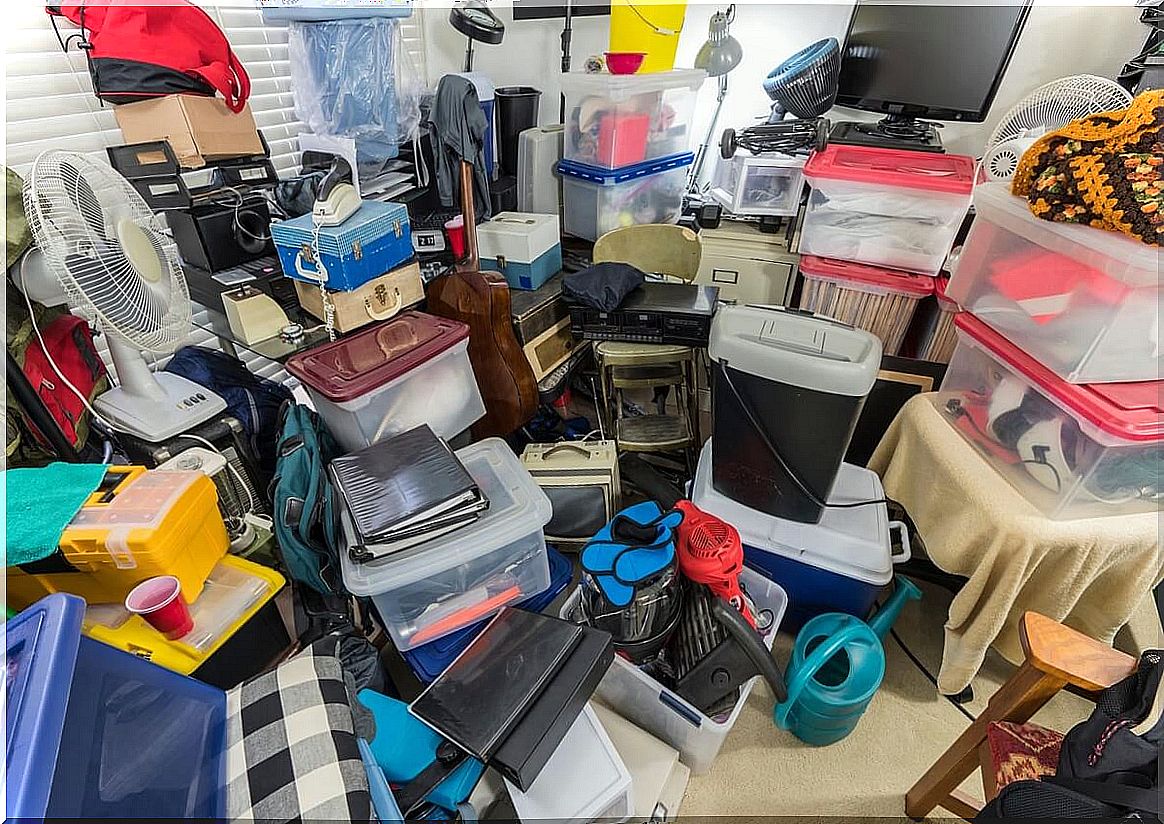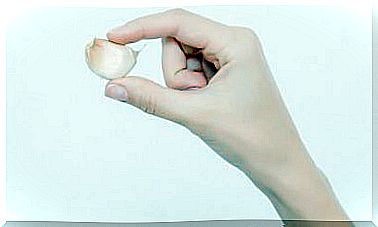Self-help Strategies To Overcome Hoarding Disorder
“You get home and you can barely move” , “I’m afraid one of these days I will be trapped under that pile of objects.” These are some of the phrases of relatives of people who cannot overcome hoarding disorder. And it is that, in general, these patients do not come to the consultation on their own initiative, but at the insistence of their relatives.
This disorder, as its name implies, is characterized by excessive storage of objects, based on thoughts that they are necessary or that one could not live without them. These irrational beliefs make early intervention difficult.
How to identify hoarding disorder?
For many years, hoarding disorder was considered a subtype of obsessive compulsive disorder (OCD). However, the DSM-V Diagnostic and Statistical Manual has identified it in a category of its own, being a different clinical entity and one that occurs with increasing frequency, according to different studies.
The manual defines some criteria that must be present in order to account for a hoarding disorder:
- People report feeling difficulty and intense anguish at the idea of having to get rid of the objects. Unlike OCD, they are not always aware that they are accumulators and sometimes they do not even consider it a problem. That is why, sometimes, it is family or close friends who bring the situation to light.
- On the other hand, also unlike OCD, people do not usually consider hoarding or thoughts about it as unpleasant, invasive, or egodystonic. The opposite is that accumulation is usually reinforced by the positive feelings and pleasure that it generates.
- The accumulation results in the collapse of the different spaces that the person inhabits. Sometimes workplaces or the vehicle are even invaded. If we had to think of a graphic representation, the easiest thing would be to imagine a tide of belongings that begins to corner the person.
- Due to accumulation, there is a deterioration of the different areas of life.
- Finally, the symptoms make up the disorder per se , that is, they are not better explained by the presence of another disease. In this sense, the differential diagnosis is key.

Self-help strategies to overcome hoarding disorder
There are different strategies that can be carried out to overcome hoarding disorder. However, psychotherapy is recommended for those cases in which the problem has grown so great that it causes interference in daily life.
When the problem is still manageable and has not grown large, the following actions that we explain can be carried out.
1. Ask yourself what for and how long ago
Many times, we decide to store objects with the idea that we might ever need them. However, time passes and they remain unused.
When a long time elapses, it is a sign that we can do without it. On the other hand, asking what we want it for can also guide us about its relevance.
2. Ask yourself about the amount
Sometimes we have three units of the same. If you have 3 jean jackets , it would be nice to ditch at least one. They all serve the same function.
3. Stop looking for excuses
Sometimes, when we get ready to order and give away excess belongings, we begin to make excuses about the sentimental value, about its current and future usefulness.
Overcoming hoarding disorder means not giving those thoughts much room. It is best to limit yourself to the question of whether we use it or not.
4. Question our own predictions
What can happen if I throw a certain object? Sometimes we magnify the consequences. One of the things we can do is get rid of that pile of magazines that we have not read for years and then evaluate what happened. Surely you can verify that it was not something so serious.
Psychotherapy also works by questioning those beliefs that patients manifest and which are of the type “I will never be able to replace it if I throw it away” or “throwing this away implies throwing away part of my life . “
5. Allocate moments for order
Cleaning build-up is not something that is accomplished in a day, however, this should not discourage us. The best thing is to allocate a few hours of the day and do it following a criterion.
For example, you have to focus on a closet or a room over the course of an entire week. This also allows you to pose real objects and celebrate small achievements without getting frustrated. This is an easy way to start steps to overcome hoarding disorder.
6. Using photos to record the before and after
Both in a private way and in the framework of therapy, photographing the rooms before starting to dispose of objects, as well as after doing so, works as a strategy to show how accumulation affects the use of spaces.
Accessing and comparing these images has a positive influence on disease awareness; aspect that is usually absent.
7. Start psychotherapy

When the situation reaches higher levels of seriousness, it is opportune to start a psychological treatment. In these cases, cognitive psychotherapy works very well, since it works with the thoughts and beliefs of the affected person, seeking to change those errors or biased attributions.
For example, as part of the sessions it is usually identified, through a list, which are the objects accumulated by the patient. Then they are asked to rank them.
In a second stage to overcome the hoarding disorder, gradual tasks are proposed to get rid of belongings, according to the importance previously assigned. In this way, the person is prepared to do it, without subjecting him to too much anxiety.
Likewise, emotions and feelings of loss are usually worked on. For those objects that are of greater emotional significance, the times and deadlines assigned to the task are longer and respectful of the process.
Family as a key success factor
One of the great difficulties of hoarding disorder has to do with the fact that people who suffer from it begin to be isolated from their social circle. This happens in two ways: on the one hand, because they get tired of hearing suggestions that they get rid of their belongings; on the other hand, because their family and friends do not feel comfortable in such a coexistence either.
However, like most interventions, a strengthened relational tissue is always a protective and successful factor for treatment. To get rid of the objects, the family or close people are almost essential.









